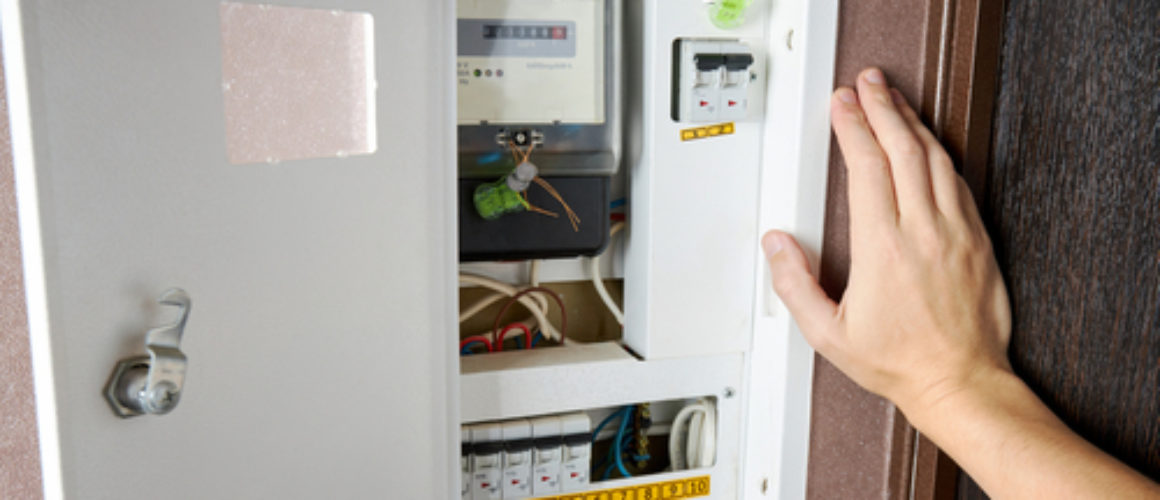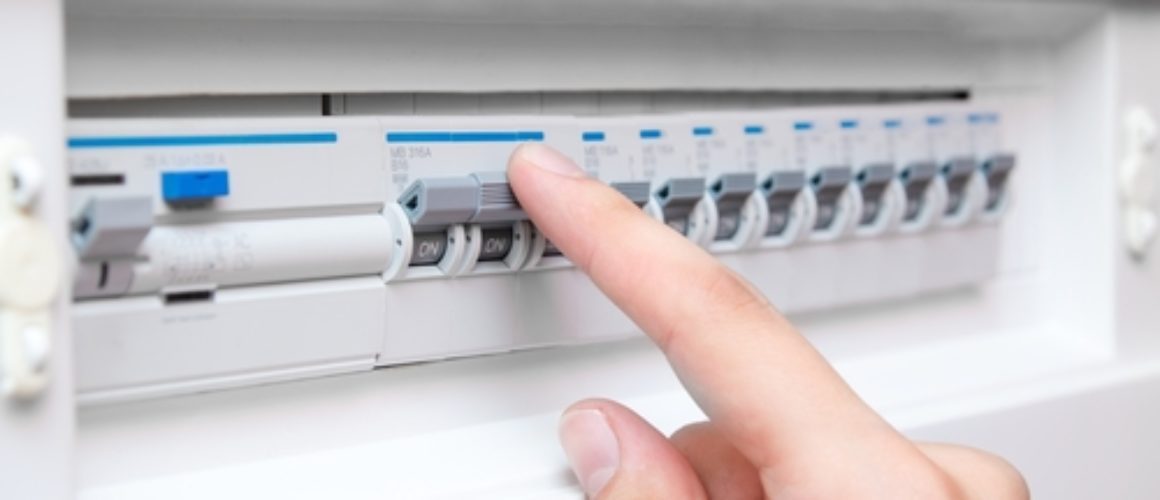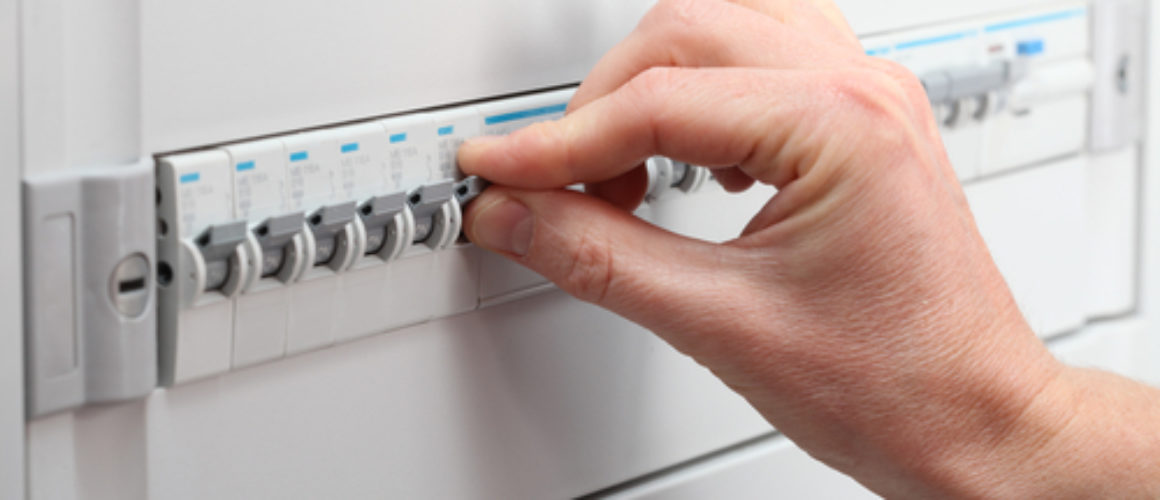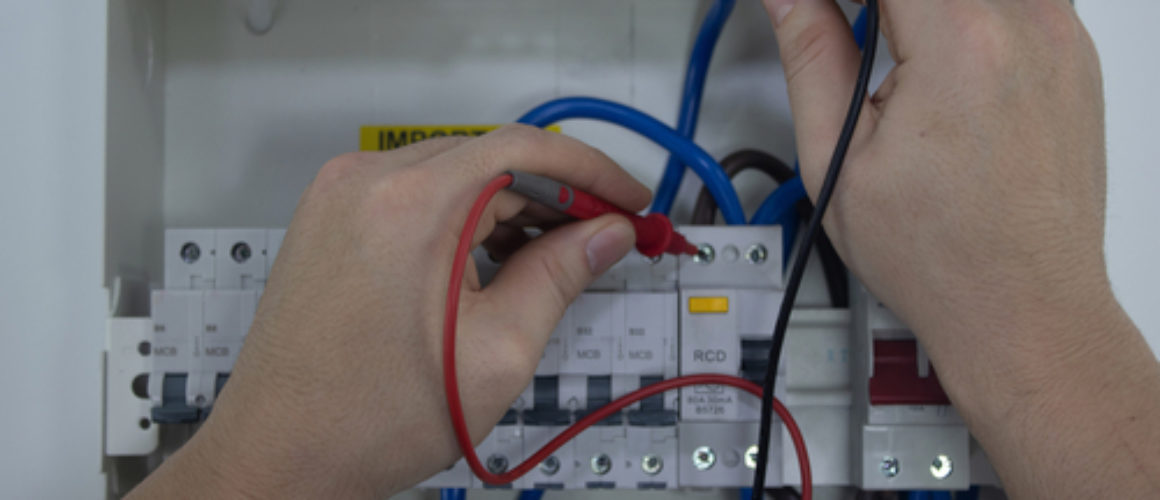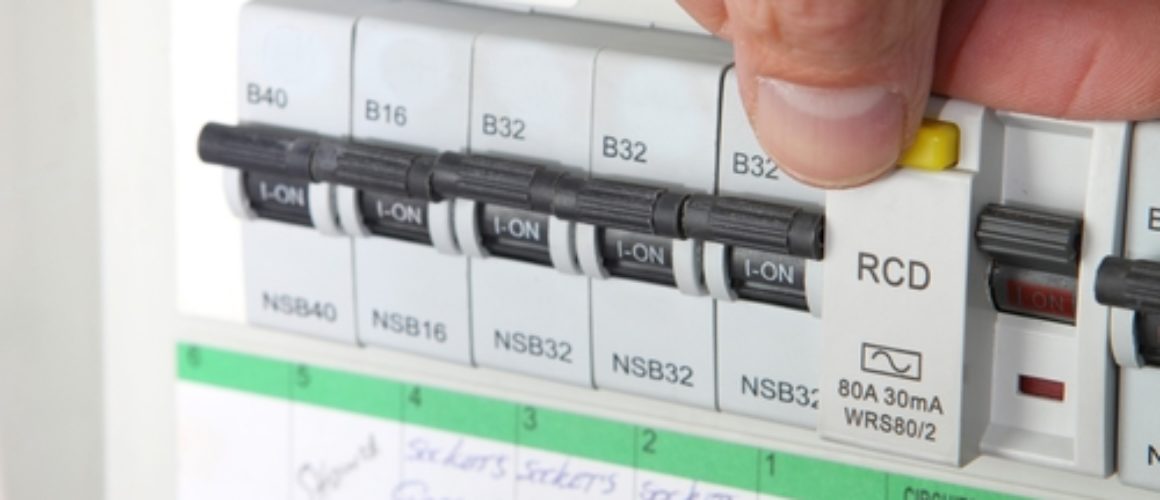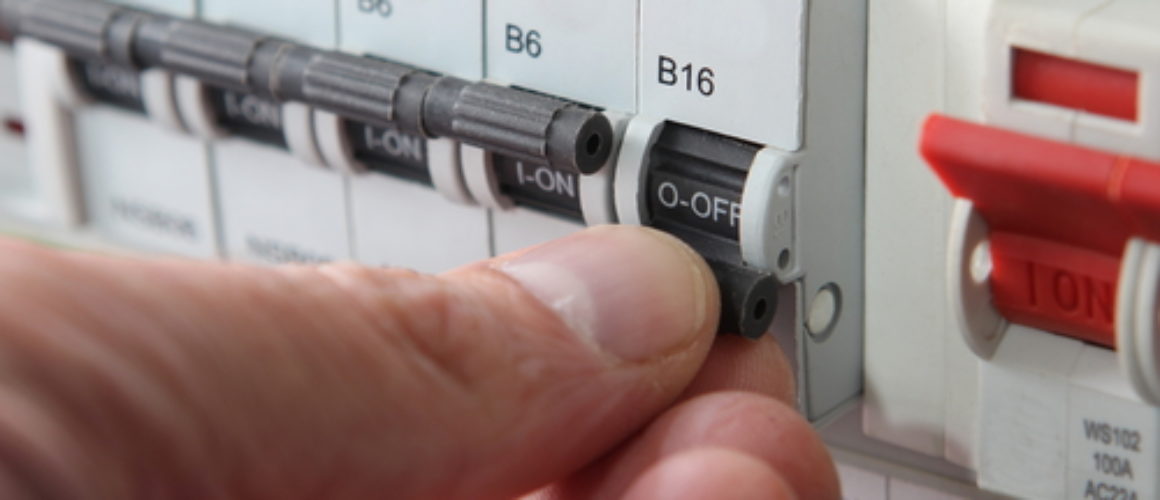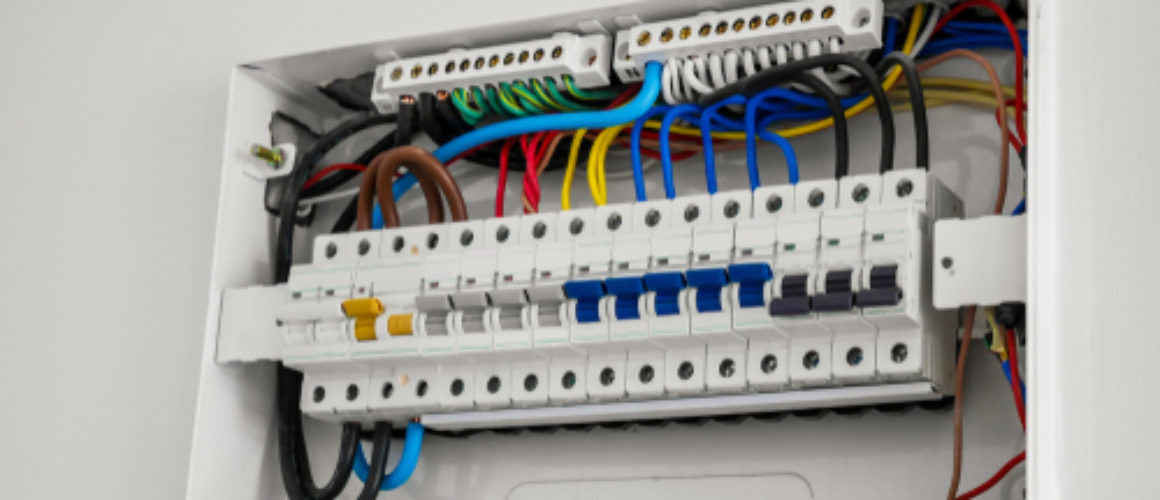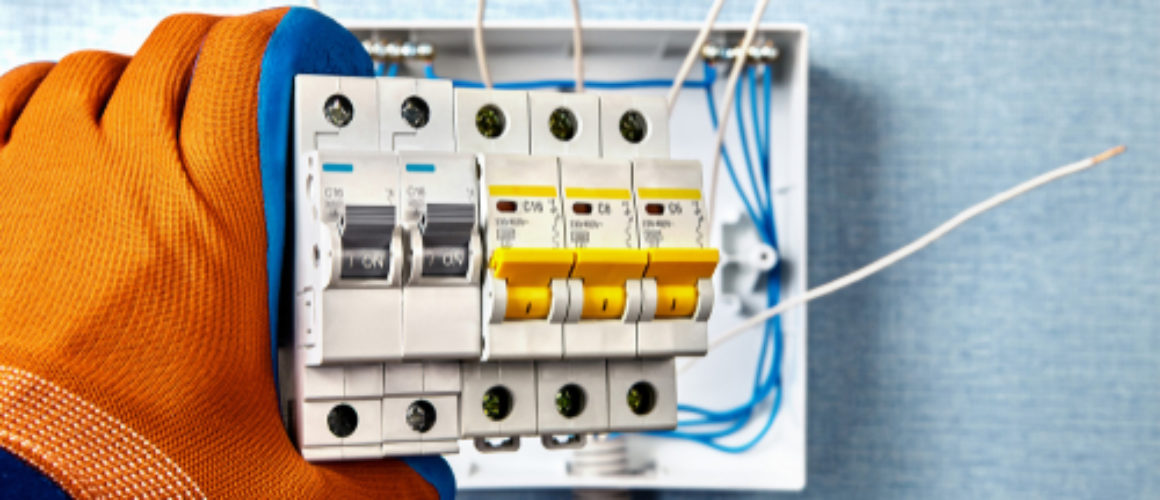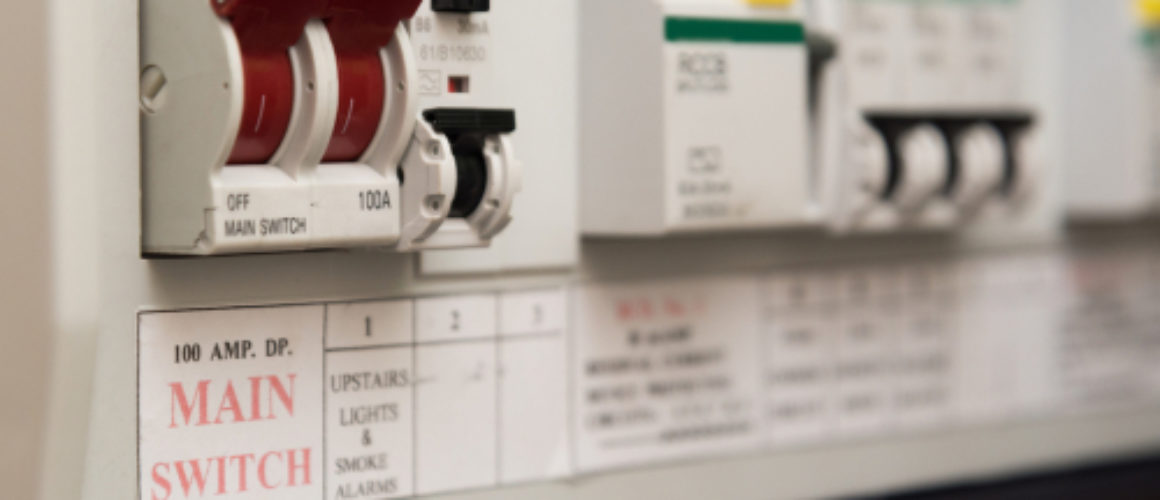Types of Consumer Units
Consumer units are crucial in ensuring a safe electricity supply to our homes. They are the things that link and protect us from the grid. Therefore, knowing the kinds of units that exist and those that work well for our application is essential.
There are four main types of consumer units, and all serve different purposes. For example, some are geared towards large commercial use, while others are residential. At the same time, some have more features than others and come in at different price points.
In this article, we will look at the four main consumer units, how they work, and their uses. So if you’re ready to get connected, keep reading to learn more.
Main Switch Electric Consumer Unit
The main switch is responsible for turning the power on and off on your consumer unit. A modern consumer unit comes with other features such as RCBs and MCBs that help make it even safer. But a main switch consumer unit only comes with the main switch that turns the power on and off with no additional functionality.
Its primary purpose is to connect and isolate you from the grid. You can use it to shut power off for maintenance purposes.
They are still safe to install in your home, but additional precautions are better. The good thing is that you can still add RCBs and MCBs after only having installed the main switch consumer unit. They are also pretty cheap and easy to install.
Dual RCD Electric Consumer Unit
As the name suggests, a dual RCD (residual current devices) consumer unit comes with the main switch and two RCDs. They allow you to split your power circuit into two. Separating your circuit enables you to remain with one active circuit when one is tripped. This allows you to figure out the cause of the trip as you use the other.
They are a bit expensive than the main switch consumer unit but still cheaper than other alternatives. And great for residential applications.
High Integrity Electric Consumer Unit
High integrity consumer units allow for more separation of circuits. They have three neutral bars, essentially providing three circuits. An added advantage is that they also allow for residual current-operated circuit breakers or RCBOs.
They are effective for instances requiring 12 circuits or more without costing you an arm and a leg. They also make circuit design easy and offer excellent protection from power overload and overcurrent. More circuit separation also helps prevent electric shocks and curb tripping.
High integrity consumer units are excellent for residential and small business applications.
RCD Electric Consumer Unit
RCD (residual current devices) consumer units are specialized units used in an application with few circuits. They are used mainly in shops, small garages, and sheds.
They do not come with main switches. Instead, a specialized RCD carries out this function. And because they do not offer circuit separation, residual current, or any tripage turns off power for the entire circuit. This makes them unpopular for home use, and they are seldom installed in houses.
However, they are cheap to install and maintain and excellent for light commercial use.


